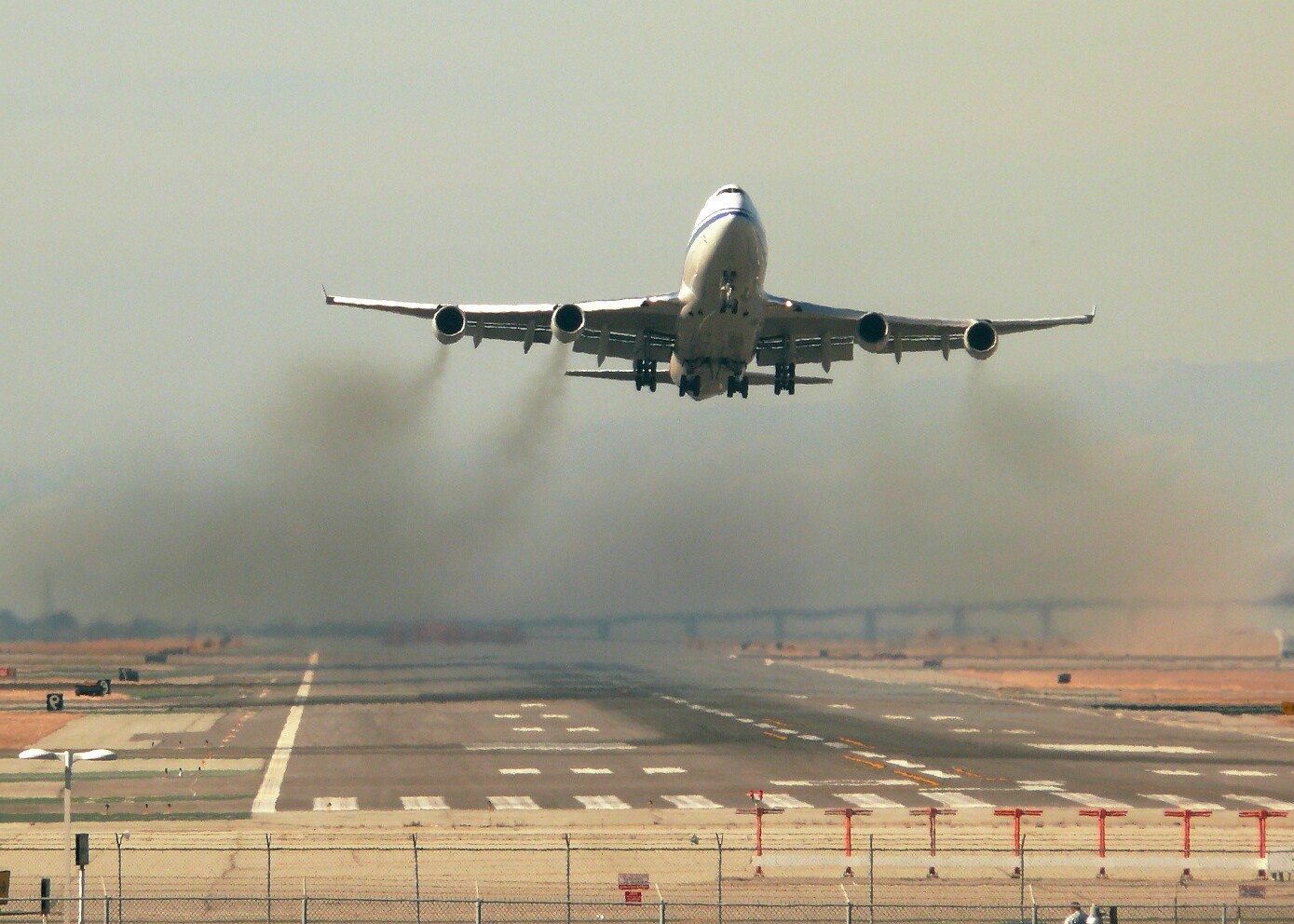
How much does aviation contribute to the carbon footprint? Aviation is a significant player in the carbon emissions game. Air travel accounts for approximately 2-3% of global CO2 emissions. While this might seem small, the impact is magnified by the high altitude at which planes release these emissions. This contributes to climate change more than ground-level emissions. Airlines are working on reducing their carbon footprint through fuel-efficient aircraft, sustainable aviation fuels, and carbon offset programs. However, the growing demand for air travel poses a challenge. Understanding aviation's carbon footprint helps us make informed choices about our travel habits and support greener initiatives.
Key Takeaways:
- Aviation contributes 2-3% of global CO2 emissions, impacting climate change. Efforts to reduce emissions include fuel-efficient planes and sustainable aviation fuels, with a role for passengers in choosing eco-friendly options.
- Newer aircraft are more fuel-efficient, while private jets have a high carbon footprint. Exciting innovations like electric and hydrogen-powered planes offer hope for reducing aviation's environmental impact.
Understanding Aviation's Carbon Footprint
Aviation plays a crucial role in global transportation, but it also has a significant environmental impact. Here are some eye-opening facts about the carbon footprint of aviation.
-
Aviation contributes to 2-3% of global CO2 emissions. While this might seem small, it's a substantial amount considering the vast number of industries contributing to emissions.
-
One long-haul flight can produce more CO2 than the average person in many countries emits in a year. For example, a round-trip flight from New York to London generates about 1.6 metric tons of CO2 per passenger.
-
Aircraft emissions are released at high altitudes, which has a greater warming effect. Emissions at cruising altitude have a more potent impact on climate change compared to those released at ground level.
The Impact of Different Aircraft Types
Different types of aircraft have varying levels of efficiency and emissions. Let's explore how these differences affect their carbon footprint.
-
Newer aircraft models are more fuel-efficient. Modern planes like the Boeing 787 Dreamliner use up to 20% less fuel than older models.
-
Smaller regional jets tend to be less efficient per passenger. These jets often have higher emissions per passenger mile compared to larger, more efficient aircraft.
-
Private jets have a disproportionately high carbon footprint. A single private jet flight can emit as much CO2 in an hour as an average car does in a year.
Efforts to Reduce Aviation Emissions
The aviation industry is actively seeking ways to reduce its carbon footprint. Here are some of the measures being taken.
-
Airlines are investing in more fuel-efficient aircraft. Many airlines are phasing out older, less efficient planes in favor of newer models.
-
Sustainable aviation fuels (SAFs) are being developed. These fuels can reduce CO2 emissions by up to 80% compared to traditional jet fuel.
-
Improved air traffic management can reduce emissions. Optimizing flight paths and reducing delays can significantly cut down on fuel consumption.
The Role of Passengers in Reducing Emissions
Passengers can also play a part in reducing the carbon footprint of aviation. Here are some ways to make a difference.
-
Choosing direct flights can reduce emissions. Non-stop flights are generally more fuel-efficient than those with layovers.
-
Flying economy class is more eco-friendly. Economy seats take up less space, allowing more passengers per flight, which reduces emissions per person.
-
Offsetting carbon emissions is an option. Many airlines offer passengers the chance to offset their carbon footprint by investing in environmental projects.
Future Innovations in Aviation
The future holds promising innovations that could drastically reduce aviation's carbon footprint. Here are some exciting developments on the horizon.
-
Electric and hybrid aircraft are being developed. These planes could significantly reduce or even eliminate CO2 emissions from flights.
-
Hydrogen-powered aircraft are a potential game-changer. Hydrogen fuel cells produce only water vapor as a byproduct, making them a clean energy source.
-
Supersonic jets with lower emissions are in the works. Companies are designing faster jets that aim to be more fuel-efficient and environmentally friendly.
Understanding these facts can help us appreciate the efforts being made to reduce aviation's carbon footprint and the role we can play in supporting these initiatives.
Taking Flight Responsibly
Understanding the aviation carbon footprint is crucial for making informed travel choices. Air travel significantly impacts the environment, contributing to greenhouse gas emissions and climate change. However, there are ways to mitigate this. Opting for direct flights, choosing fuel-efficient airlines, and supporting carbon offset programs can make a difference.
Airlines are also stepping up, investing in sustainable aviation fuels and more efficient aircraft. Passengers can play their part by being mindful of their travel habits. Simple actions like packing light and using public transportation to and from the airport help reduce the overall carbon footprint.
By staying informed and making conscious choices, we can all contribute to a more sustainable future. Next time you book a flight, remember these tips to fly greener. Every small step counts in protecting our planet.
Frequently Asked Questions
Was this page helpful?
Our commitment to delivering trustworthy and engaging content is at the heart of what we do. Each fact on our site is contributed by real users like you, bringing a wealth of diverse insights and information. To ensure the highest standards of accuracy and reliability, our dedicated editors meticulously review each submission. This process guarantees that the facts we share are not only fascinating but also credible. Trust in our commitment to quality and authenticity as you explore and learn with us.


